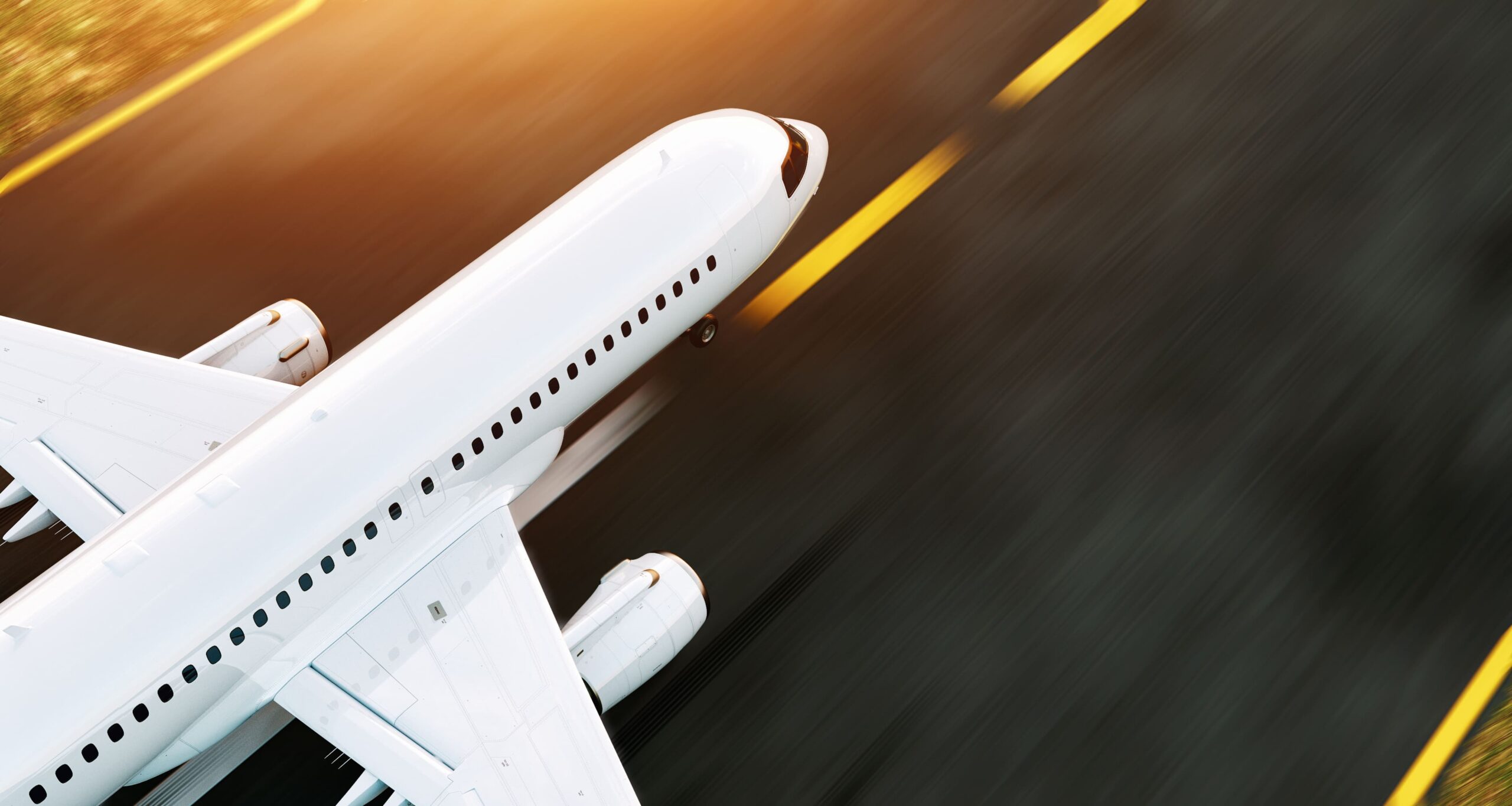Intelligent airfield planning and recommendations including:
- Reducing tarmac waiting times
- Optimized use of grid power over aircraft auxiliary power units (APUs) to improve air quality and reduce airline costs.
- Optimize gate usage.
Traveller Information Systems including chatbots to improve the traveller experience and reduce reliance on customer service agents. This is easily achieved by Airports Differentiating Using IoT and AI and natural language understanding technologies, which also incorporate language translation. The majority of questions asked by travellers are likely to be answered by a small number of very similar answers.
- Image recognition to produce automated warnings/recommendations for carry-on baggage scanners to flag potential security issues or obstructed views.
- Artificial Intelligence to generate alerts and notifications of safety and security concerns (e.g. spills, obstructions, unattended baggage).
- Traveller traffic monitoring to deploy staff to the right location depending on bottlenecks, resulting in shorter and faster lines for a better traveller experience.
Facilities Management, for instance, installing IoT sensors on various bathroom assets (including faucets, toilets, lighting, soap dispensers, air fresheners, toilet paper dispensers, and more), to alert in real-time of various shortages and breakdowns. Similarly, using people counters and customer input buttons to capture the actual use of facilities such as lounges enabling facilities management to operate more efficiently whilst providing a better experience for the traveller.
Baggage systems with intelligence and alerts to reduce incorrect routing and instances of lost baggage.
Intelligent advertising to increase retail revenue.
HoloLens and Augmented Reality allowing security to see information about each traveller to accompany body scans.
Wayfinding using sensors, beacons, and apps in multiple languages to guide travellers through the airport, reducing the reliance on customer service agents.
Digital incoming passenger cards.


